Rising Geriatric Population
The demographic shift towards an aging population in India is poised to have a profound impact on the myelodysplastic syndrome-drugs market. As the geriatric population increases, the prevalence of age-related diseases, including myelodysplastic syndromes, is likely to rise. According to estimates, the population aged 60 years and above is projected to reach approximately 340 million by 2050, which may lead to a higher incidence of hematological disorders. This demographic trend suggests a growing need for effective treatment options tailored to older patients. Consequently, pharmaceutical companies may focus on developing drugs that cater specifically to the needs of this demographic, thereby driving growth in the myelodysplastic syndrome-drugs market. The intersection of an aging population and the rising incidence of myelodysplastic syndromes could create a significant opportunity for market expansion.
Government Initiatives and Funding
Government initiatives aimed at improving healthcare access and funding for rare diseases are significantly impacting the myelodysplastic syndrome-drugs market in India. The Indian government has been increasingly allocating resources to support research and development in the field of hematology, which includes myelodysplastic syndromes. This financial backing is likely to encourage pharmaceutical companies to invest in the development of new therapies. Additionally, the introduction of policies that promote affordable access to medications may enhance patient compliance and treatment adherence. As a result, the myelodysplastic syndrome-drugs market could witness a surge in demand for innovative therapies that are both effective and accessible. The government's commitment to addressing the healthcare needs of patients with rare diseases is expected to foster a more robust market environment.
Increasing Awareness and Diagnosis
The myelodysplastic syndrome-drugs market in India is experiencing growth due to heightened awareness and improved diagnostic capabilities. As healthcare professionals and patients become more informed about myelodysplastic syndromes, the rate of diagnosis is likely to increase. This trend is supported by initiatives from health organizations that aim to educate the public and medical community about the symptoms and risks associated with these disorders. Consequently, the demand for effective treatment options is expected to rise, driving the myelodysplastic syndrome-drugs market. Furthermore, advancements in diagnostic technologies, such as next-generation sequencing, are facilitating earlier detection, which may lead to better patient outcomes and increased market growth. The Indian healthcare system's focus on enhancing diagnostic services is likely to play a crucial role in shaping the future landscape of the myelodysplastic syndrome-drugs market.
Technological Advancements in Treatment
Technological advancements in treatment modalities are likely to play a pivotal role in shaping the myelodysplastic syndrome-drugs market in India. Innovations such as targeted therapies and personalized medicine are becoming increasingly prevalent, offering new avenues for effective treatment. These advancements may lead to improved patient outcomes and reduced side effects, which are critical factors in treatment adherence. The introduction of novel agents that specifically target the underlying mechanisms of myelodysplastic syndromes could enhance the therapeutic landscape. Furthermore, the integration of digital health technologies, such as telemedicine and mobile health applications, may facilitate better patient management and monitoring. As these technologies continue to evolve, they are expected to contribute positively to the growth of the myelodysplastic syndrome-drugs market, providing patients with more effective and tailored treatment options.
Collaborations and Partnerships in Research
Collaborations and partnerships between pharmaceutical companies, research institutions, and healthcare providers are emerging as a key driver in the myelodysplastic syndrome-drugs market. These alliances are fostering innovation and accelerating the development of new therapies. By pooling resources and expertise, stakeholders can enhance research capabilities and streamline clinical trials, which may lead to faster market entry for new drugs. Additionally, partnerships with academic institutions can facilitate access to cutting-edge research and technology, further driving advancements in treatment options. The collaborative approach is likely to create a more dynamic environment for the myelodysplastic syndrome-drugs market, as it encourages the sharing of knowledge and resources. As the landscape of myelodysplastic syndrome treatment evolves, these partnerships may prove essential in addressing the unmet needs of patients and healthcare providers.


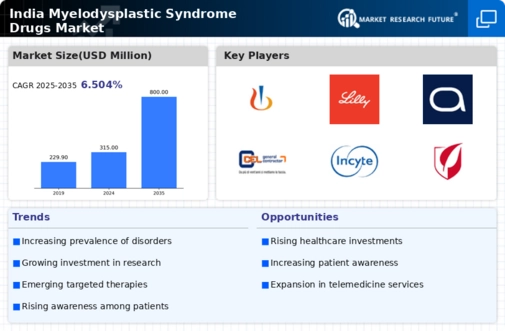
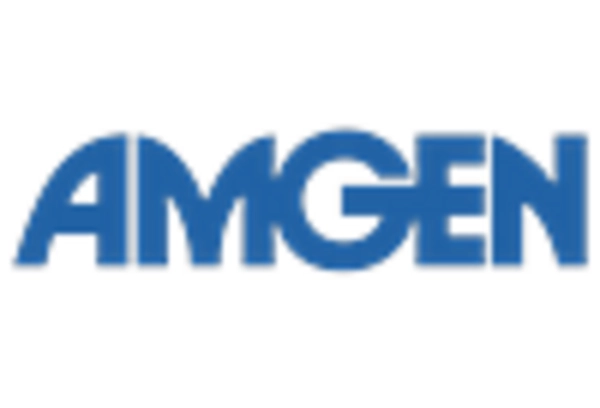
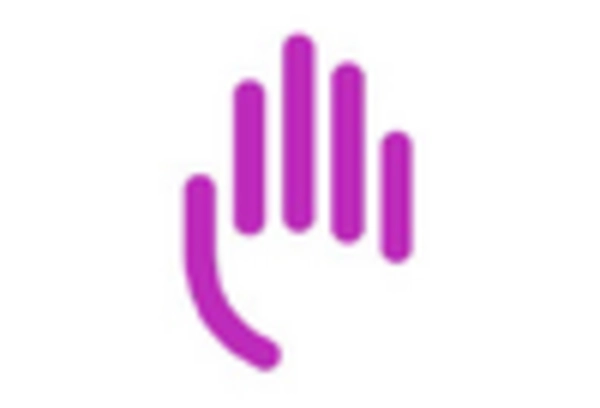
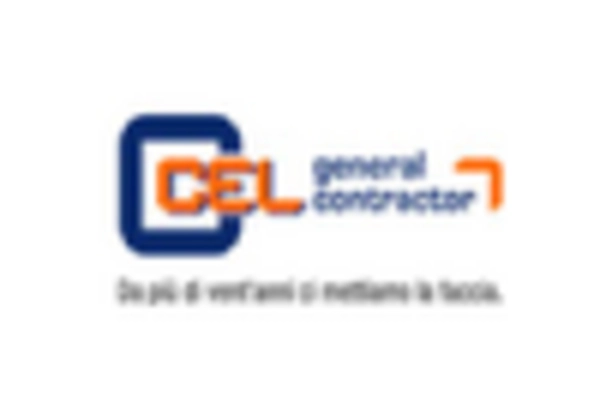
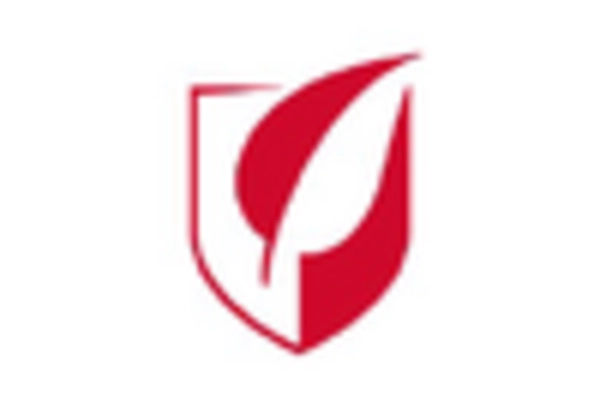

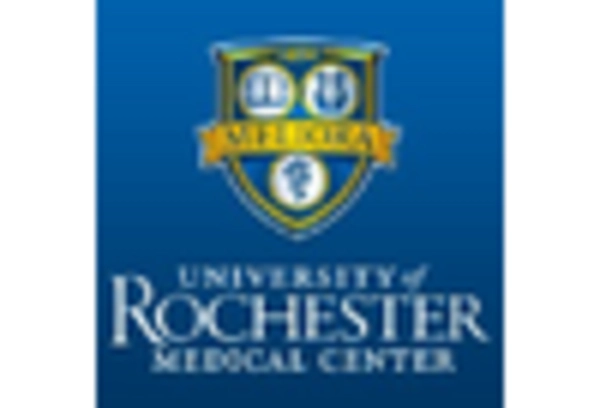








Leave a Comment